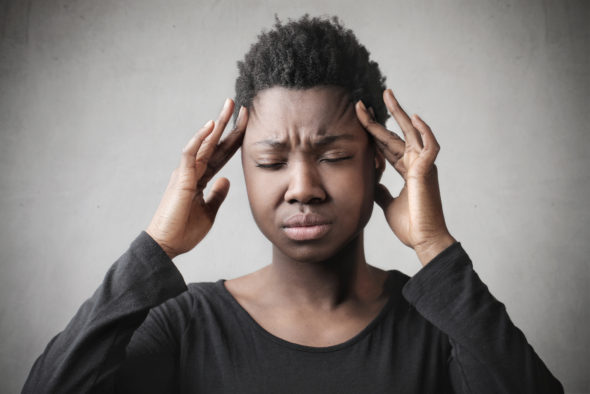These debilitating pain episodes can really cramp your style, but migraine myths aren’t supported by science. During this Migraine and Headache Awareness Month, we knock out fiction with facts.
A migraine is just a bad headache. It turns out, migraines are neurological disorders that affect more than 37 million people in this country. Even with warning signs, they can be difficult to head off and to treat, and they can significantly impact quality of life and contribute to loss of productivity at work.
Migraines are hereditary. Though they may have a genetic link, there’s no guarantee you’ll pass your migraines down to your children. If migraines run in your family, talk to your child’s pediatrician who can provide tips on next steps to take should you see signs in your kids.
If I don’t get an aura, it’s not a migraine. Only 25 percent of migraine sufferers experience aura, which can present in a variety of ways, including flashes of light, bright spots, facial tingling, dizziness or partial vision loss. Auras present at different times for different people, and not all sufferers have aura with every migraine.
An aura with my migraine significantly increases my chances of having a stroke. Though migraine sufferers who experience aura could have a stroke, the risk is only slightly higher than in non-aura sufferers.
Medicine won’t help. Over-the-counter meds might not offer much relief, but your physician can try an array of more effective therapies in the form of pills, injections and nasal sprays.
The migraine community is working to raise awareness of this disorder as a legitimate neurological disease, to encourage those with migraine to see a healthcare provider for proper diagnosis and treatment, to let individuals with headache disorder know about new treatments, and to separate migraine myths from what science says about this disorder.






